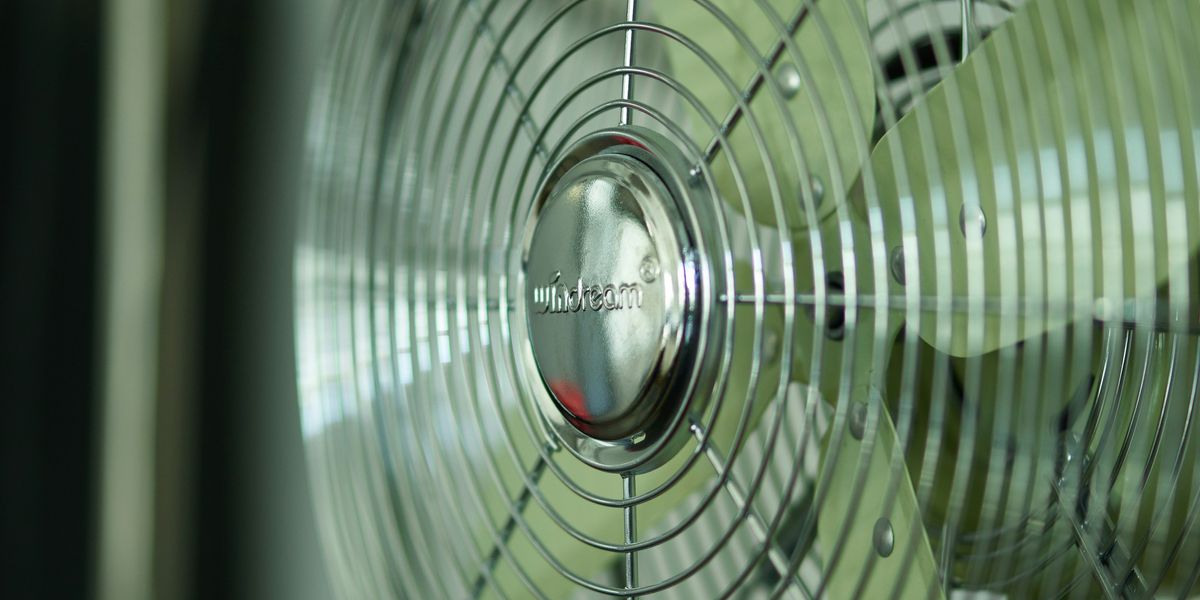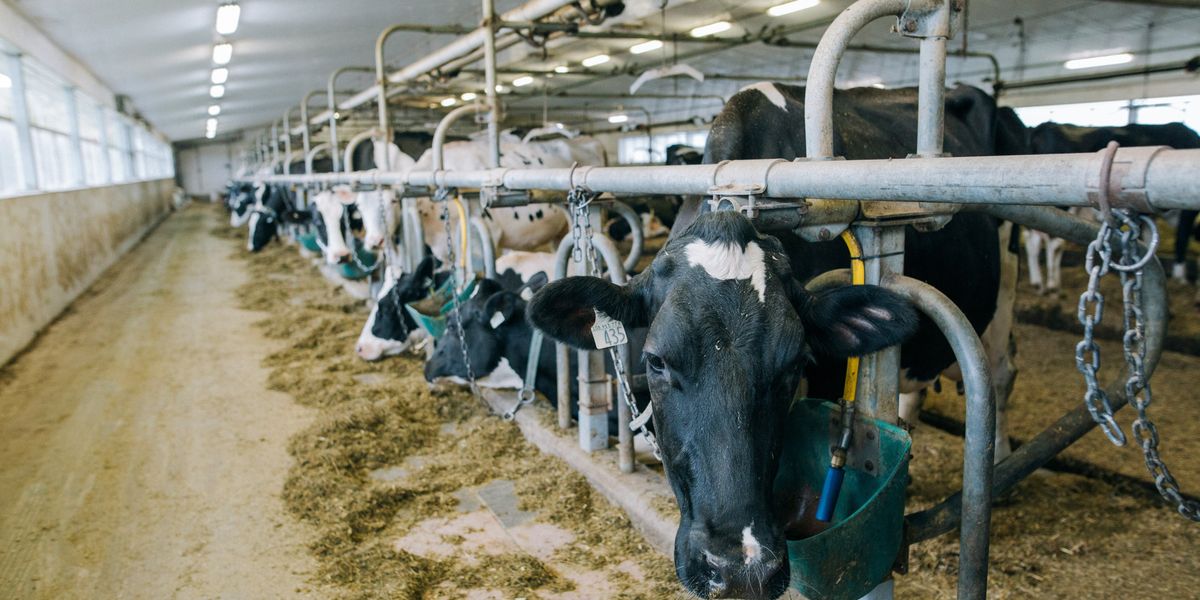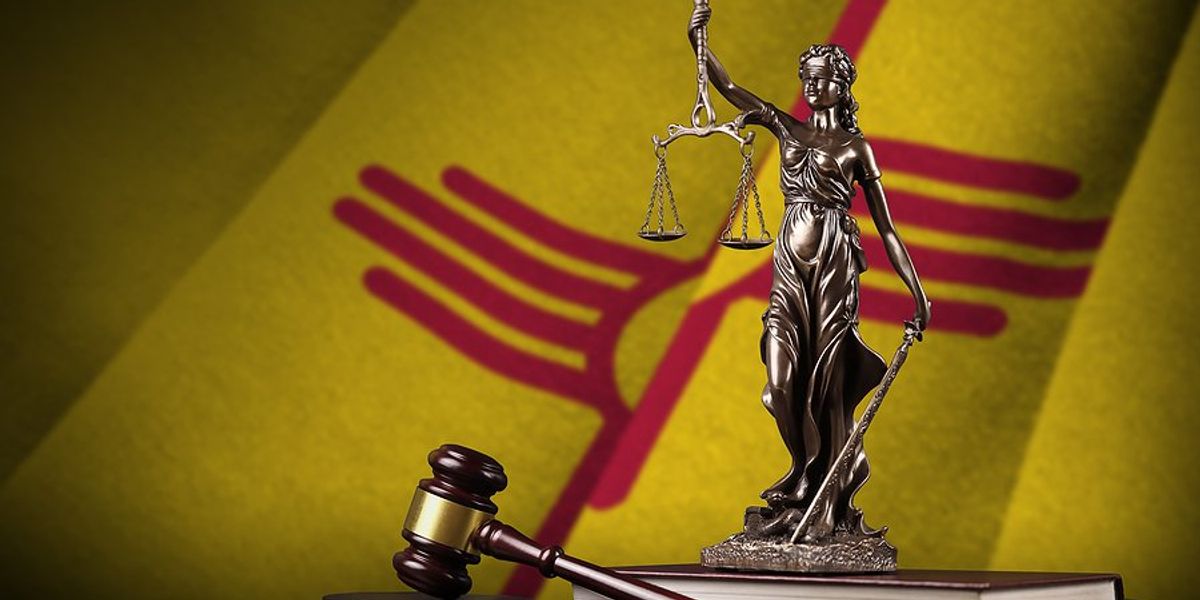
Paris tests public support for green streets by voting on car-free zones
Parisians voted Sunday on whether to close 500 streets to car traffic and add greenery in a symbolic test of how far residents will go to support climate policy changes.
Annabelle Timsit reports for The Washington Post.
In short:
- Mayor Anne Hidalgo’s plan would add five to eight pedestrianized, green streets in each of Paris’s 20 districts, aiming to reduce pollution and adapt to climate change.
- Critics say the vote lacks detail and may deepen urban-suburban divides by limiting car access for commuters and residents without clear plans or cost information.
- Hidalgo, who leaves office next year, has already cut car traffic by over 40% since 2011 through expanded bike lanes and reduced parking.
Key quote:
“With this vote, Parisians have the choice of whether or not to accelerate Paris’s adaptation to climate change, the fight against pollution, and the improvement of the living environment within 300 meters of their homes.”
— Paris Mayor Anne Hidalgo
Why this matters:
Paris’s recent decision to sharply limit car traffic in its central districts marks a major shift in how modern cities are rethinking public space, mobility, and health. The move is designed to tackle some of the most pressing urban challenges: rising temperatures that bake asphalt-heavy streets, traffic congestion that chokes lungs and slows life, and noise that frays nerves. The new policy builds on years of smaller-scale car bans and pedestrian zones, and it places Paris among a growing number of global cities — from Bogotá to Milan — trying to reduce their dependence on private vehicles.
But even as the policy signals progress on climate and air quality, it raises thorny questions about equity. The benefits of quieter, greener, and cooler streets are often concentrated in wealthier, denser urban cores, while those living in outer neighborhoods — or in suburbs where public transit is spotty — may face longer commutes or limited access to newly transformed areas. In short, while the environmental case for reducing car traffic is clear, the social implications are still unfolding.
Related: Paris showcases a car-free future during the Olympics













